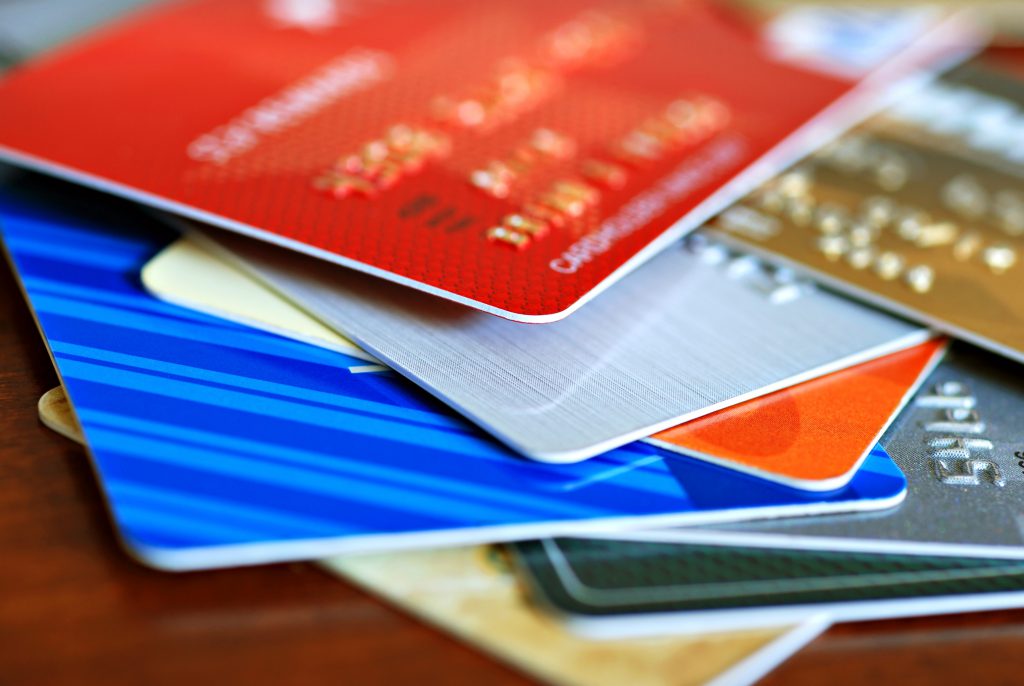3 Ways a New Credit Card Can Help Rebuild Your Credit

For those with a tarnished credit history, applying for a new credit card might seem questionable. After all, that card you opened and maxed out in college is what caused your credit score to start going south in the first place.
However, it’s not so cut and dry. What if I told you that opening a new credit card might actually improve your credit score? The difference between now and your previous mistakes is that this time you’ll be making responsible, educated decisions and leveraging your card in a way that improves your standing with the major credit bureaus.
- Additional Credit Can Decrease Your Utilization Rate
The most apparent positive impact a new credit card can have on your credit score is improving your credit utilization rate. Essentially, the higher percentage you use of your available credit, the more your credit score suffers.
Understanding the cause and effect relationship between utilization and score is important, as your utilization rate impacts up to 30% of your credit score. Keeping your rate under 30% is recommended. So if you had three cards, each with a $5,000 limit, you’d have $15,000 in available credit. In this case, you’d want a balance of less than $4,500 spread across all three cards to keep it under 30%.
One way of decreasing your utilization rate is to increase your available credit by opening a new credit card. If you keep your balance on the new card low — and otherwise use it responsibly — you can improve your overall utilization rate and, thus, your credit score.
If your credit score has taken some hits, you probably won’t qualify for just any card. However, some cards have more flexible approval requirements. Checking out these reviews to see the best credit cards for people with bad credit can help you break down the rates and fees to find the card that best fits your needs.
- Responsible Use Can Improve Your Payment History
While a new credit card can bring the temptation of overspending, it’s important to view your credit cards as tools to help you achieve financial wellness. But with any tool, it’s important to use it properly. A full 35% of your FICO credit score is based on making on-time payments, so it’s crucial never to miss one.
For those whose credit has suffered from overwhelming debt and missed payments, filing for bankruptcy is a last-resort option. Those who are recovering from bankruptcy will see serious damage to their credit scores, but as with any problem, it’s best to learn from it — and work toward fixing it.
Luckily, there are issuers with bankruptcy credit cards that are especially good for people in this situation. Once you have one of these cards, though, don’t fall back into bad habits.
This means making on-time payments and maintaining reasonable balances. For instance, no matter how great those new jeans look in the dressing room, when compared to the not-so-great credit card balance at the end of the month, those jeans may lose their appeal.
- A New Card Can Diversify Your Credit Mix
Some people find themselves dealing with credit issues without ever opening a credit card account. For instance, a young person’s credit score could take a hit from a missed car or student loan payment.
For people in these situations, opening a new credit card adds a revolving credit account that would diversify their credit mix.
Ten percent of your credit score comes from credit diversification. Credit bureaus like to see borrowers who prove they can handle various types of credit. So, the more types of accounts you’re responsibly managing on your credit history, the better you look to creditors.



